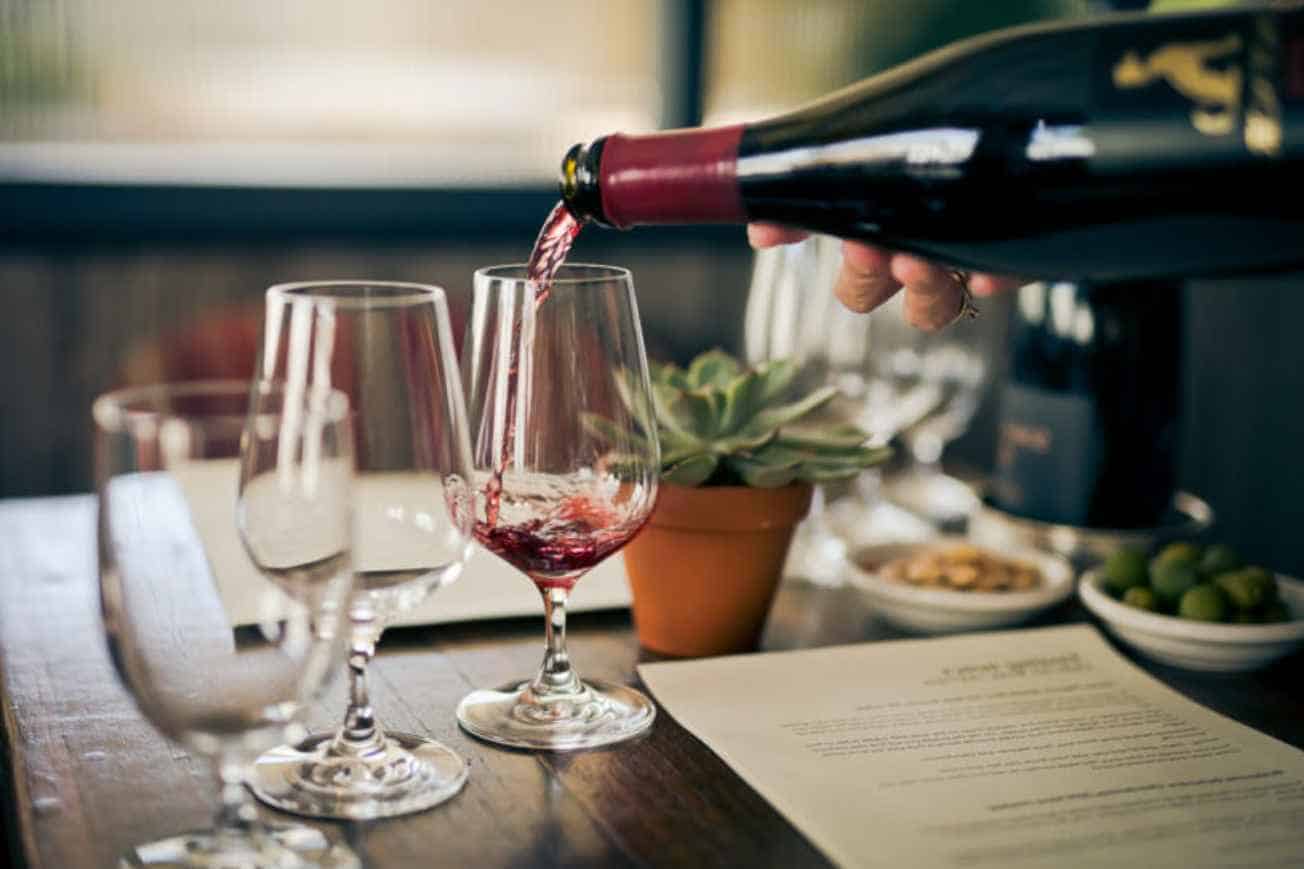Serving wine can seem like a daunting task. But fear not, we’re here to guide you through the art of serving and enjoying your favorite bottle of vino.
In this article, we’ll explore step-by-step instructions for how to serve different types of wines properly so that they can be fully enjoyed by everyone —no matter if they are connoisseurs or newbies alike. So sit back and get ready to learn all about serving fine wines!
The Right Wine Serving: Why is it Important?
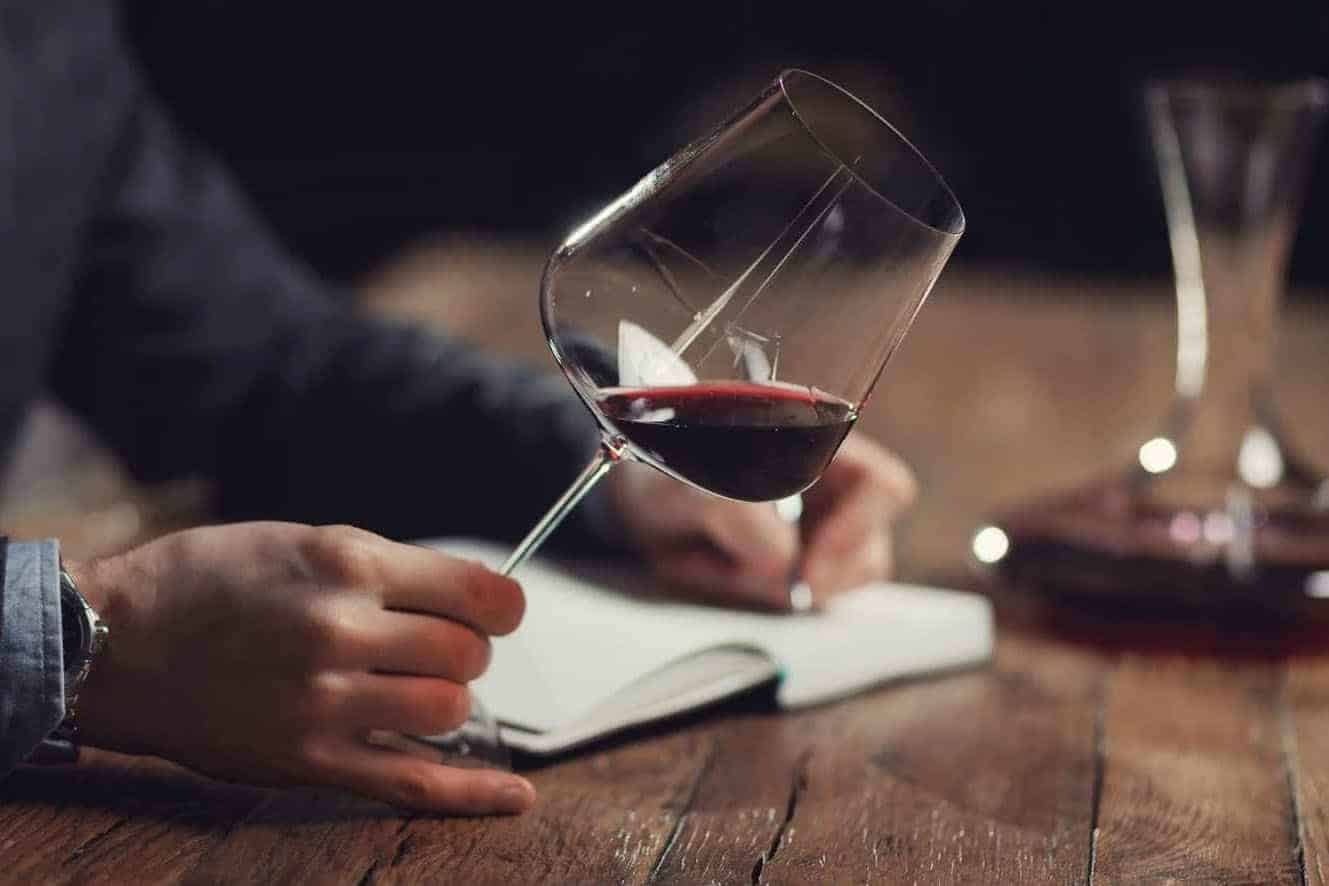
Proper wine serving elevates the entire experience of savoring a good bottle. Not only does it showcase and enhance the flavors and aromas, but it also can make or break how you can enjoy your choice of wine.
Temperature, glassware shape, size, decanting methods—every aspect we’ll cover to ensure you get more than just a sip from each pour.
Many wine connoisseurs even invest time to know the proper serving of wine, or wine service. Most simply pop open your bottle and pour when drinking wine at home or during casual happy hour with friends. But, when it comes to high-end fine-dining restaurants, an artful ritual goes into serving up each vintage just right.
Trust us when we say; there are reasons why people spend hours learning about proper serving techniques. So, let’s dive into how you can do your wine service a lot better than before. You will release new wine aromas and flavors at the end of this guide: that’s a guarantee!
Factors that Affect the Serving of Wine
If you want to serve wine like a true connoisseur, it’s essential to consider two crucial factors that ultimately affect wine presentation: Wine Variety and Vintage Characteristics.
Wine Variety
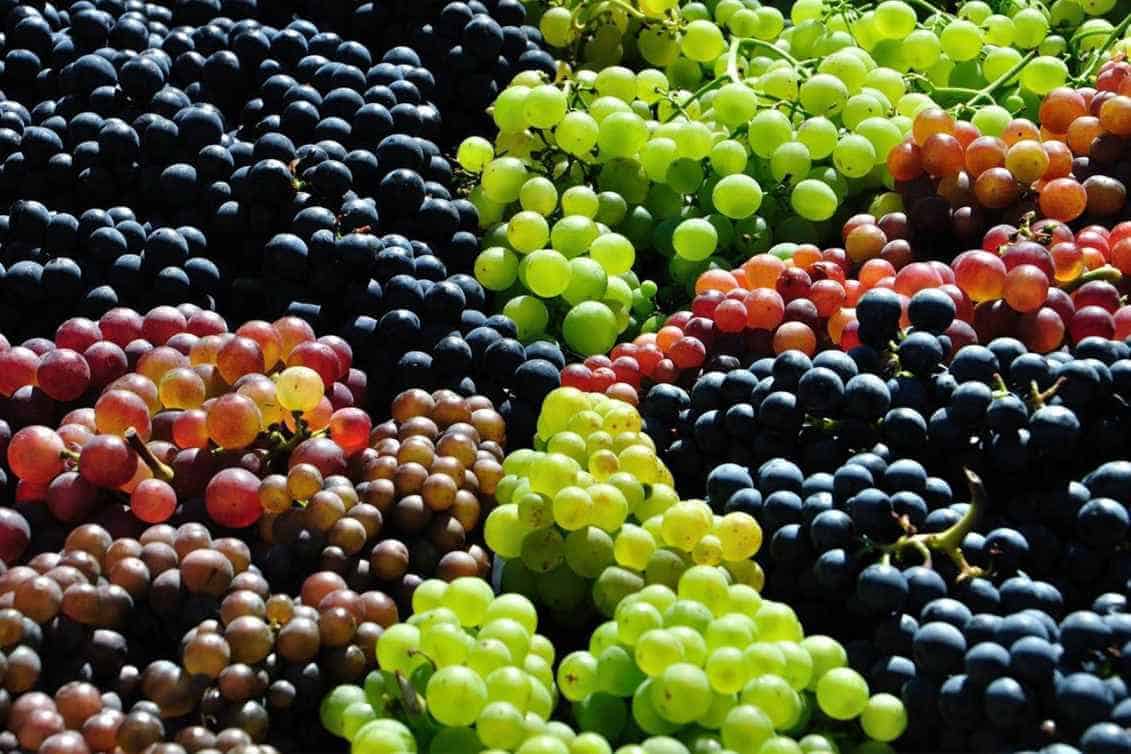
The first and most important factor is the grape variety or blend. Different grapes are grown in unique regions of the world throughout seasons bringing out distinct differences such as: taste, aroma, ABV, and acidity.
So what has this got to do with temperature and wine serving? Different types react to heat or coldness in many varying ways.
For example, reds thrive in warmer temps allowing fruity-sweet fragrances to emerge, resulting in more complex blends. Chardonnay-soaked textures come alive ice-cold, whereas lighter-bodied Rieslings flourish under similar conditions enticing citrusy aromas.
Year of Vintage Bottle
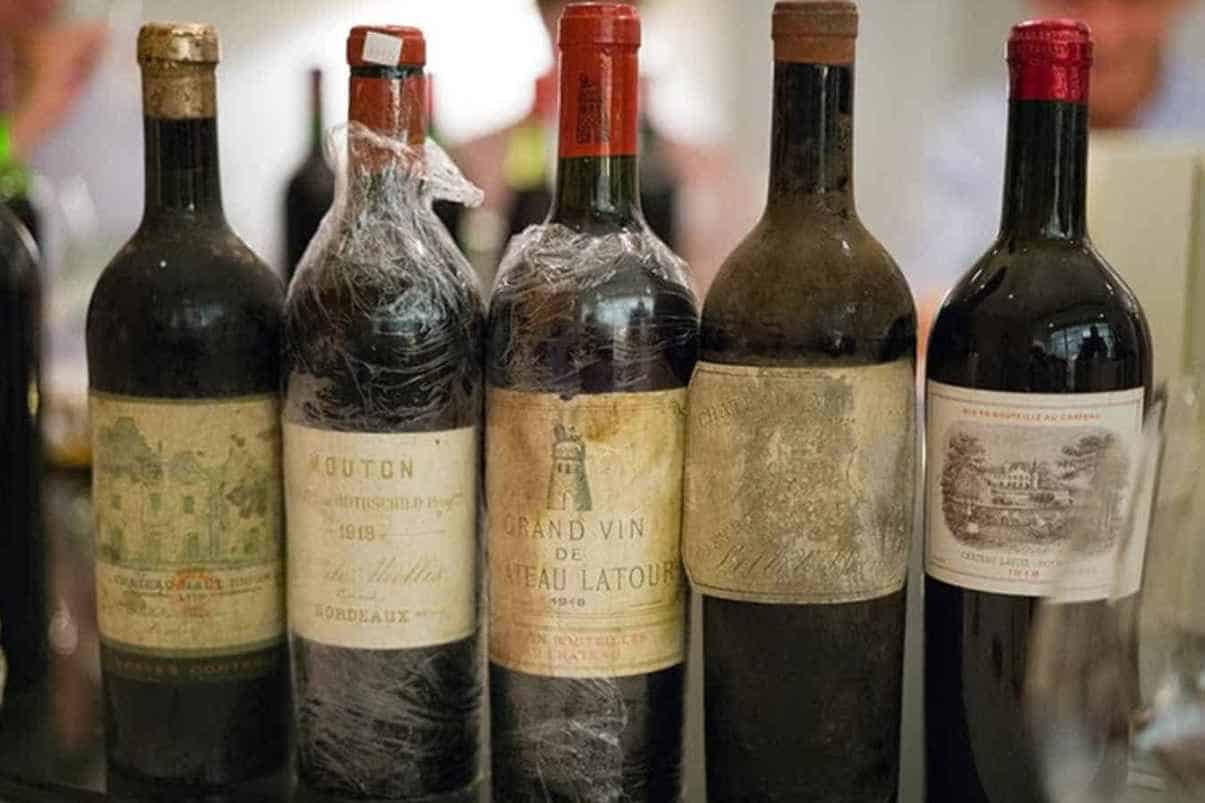
The vintage bottle’s year significantly affects how you can serve wine. Each passing year brings about changes to aroma, taste, and texture; therefore, deciding when a wine is at its best will be determined by how many years it has aged.
Different ways of aging the wine can also affect how it’s served. Oak barrels give results of more full-bodied and earthy notes. In the same vein, unoaked or those in stainless-steel tanks can be more fruit-forward and acidic.
Younger vintages typically have more abundant fruit flavors that come out quickly after opening as compared to older wines which usually need time before reaching peak condition.
They tend towards mellowing or even dropping complexity levels while increasing smoothness over decades, where initial harsh tannins eventually fade away, revealing magnificent complex flavor notes.
Types of Wine Glasses
| Style of Wine |
|
| Red Wine Glass |
|
| White Wine Glass |
|
| Sparkling Wine |
|
- Red Wine Glasses: When it comes to red wine, the shape and size of the glass can also impact your drinking experience. For red varieties, Bordeaux or Burgundy wine glasses with a broader opening highlight boldness in big-bodied wines like Cabernets Merlots. The latter also provides necessary exposure to acidic structures found within Pinot Noirs—perfect choices when you want your wine deep and rich.
- White Wine Glasses: Generally speaking, broader bowl-shaped glasses with narrower openings are ideal when serving white wines. This structure will encourage maximum exposure to oxygen, allowing more complex notes of aromas within the vintage to emerge.
- Sparkling Wine Glasses: When it comes to enjoying a bottle of carbonated wine, flute glasses with long and slender stems are the most recommended. These types of glass help prevent the hand’s heat from warming the wine. It’s essential as sparkling wine relies heavily on the temperature served.
Wine Serving Temperatures
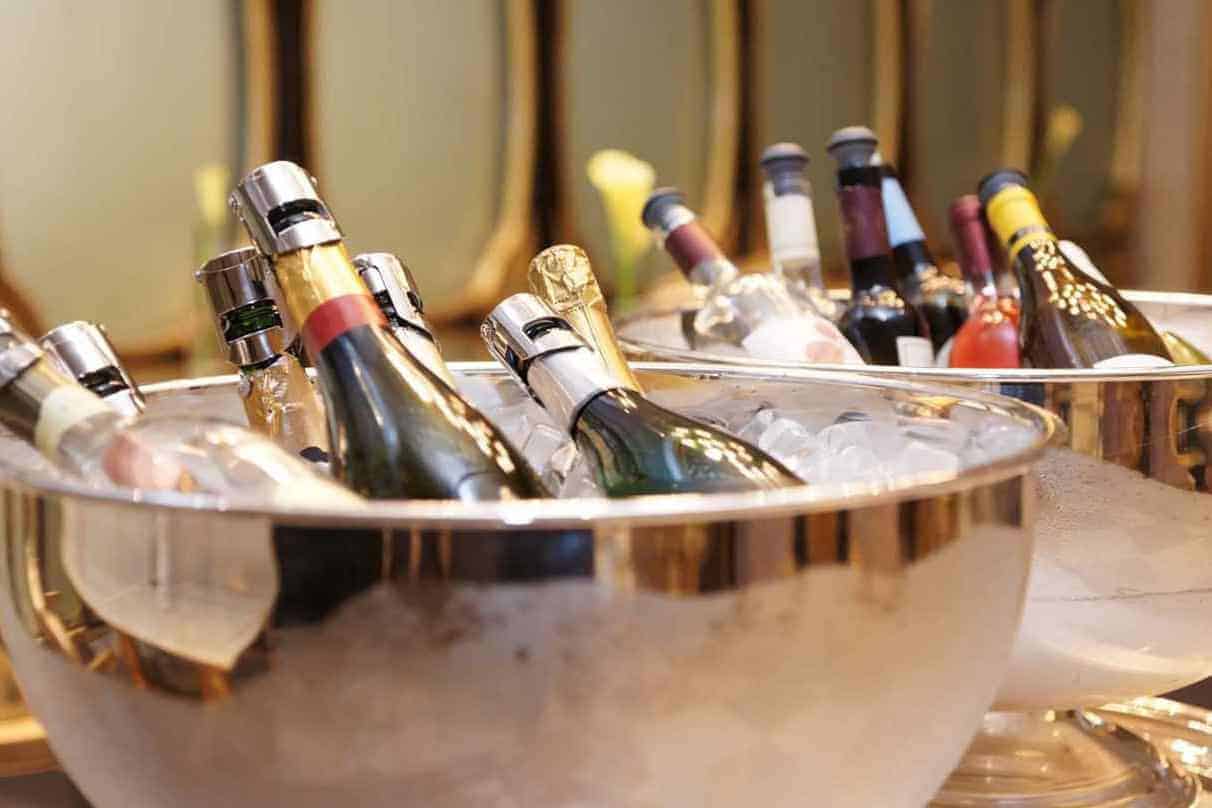
Think about it -does lemonade taste better cold or at room temperature? Similarly, one may ponder the significance of serving temperature regarding wine. To find the ideal wine temperature, it’s paramount to consider the bottle’s wine style and its vintage year. Here are a few tips on serving temperature for wine.
Ideal Serving Temperatures
| Style of Wine | Recommended Wine Serving Temperature |
| Red Wine | 55°F-68°F |
| White Wine | 44°F-57°F |
| Sparkling Wine | 36°F-45°F |
- Red Wine: Full-bodied options like Cabernet Sauvignon benefit from around 65-68°F, which allows their aromas and tannins to shine through better, as light-bodied reds such as Pinot Noir should at a lower 55°F.
- White Wine: Chardonnays will be more towards 57°F, whereas zesty lighter-bodied Sauvignon Blancs come alive at frosty levels around 44°F.
- Sparkling Wine: High-end Champagne bottles demand the same conditions as white wine. While on-a-budget bottles are only able further to enhance their taste being consumed under cooler temp set between 38–45 °F.
Opening and Decanting Wine
It’s time to open a bottle of wine–now, let’s do it correctly. Here are some simple steps that will help you make sure uncorking doesn’t stress or spoil things unnecessarily.
How to Open a Bottle of Wine?
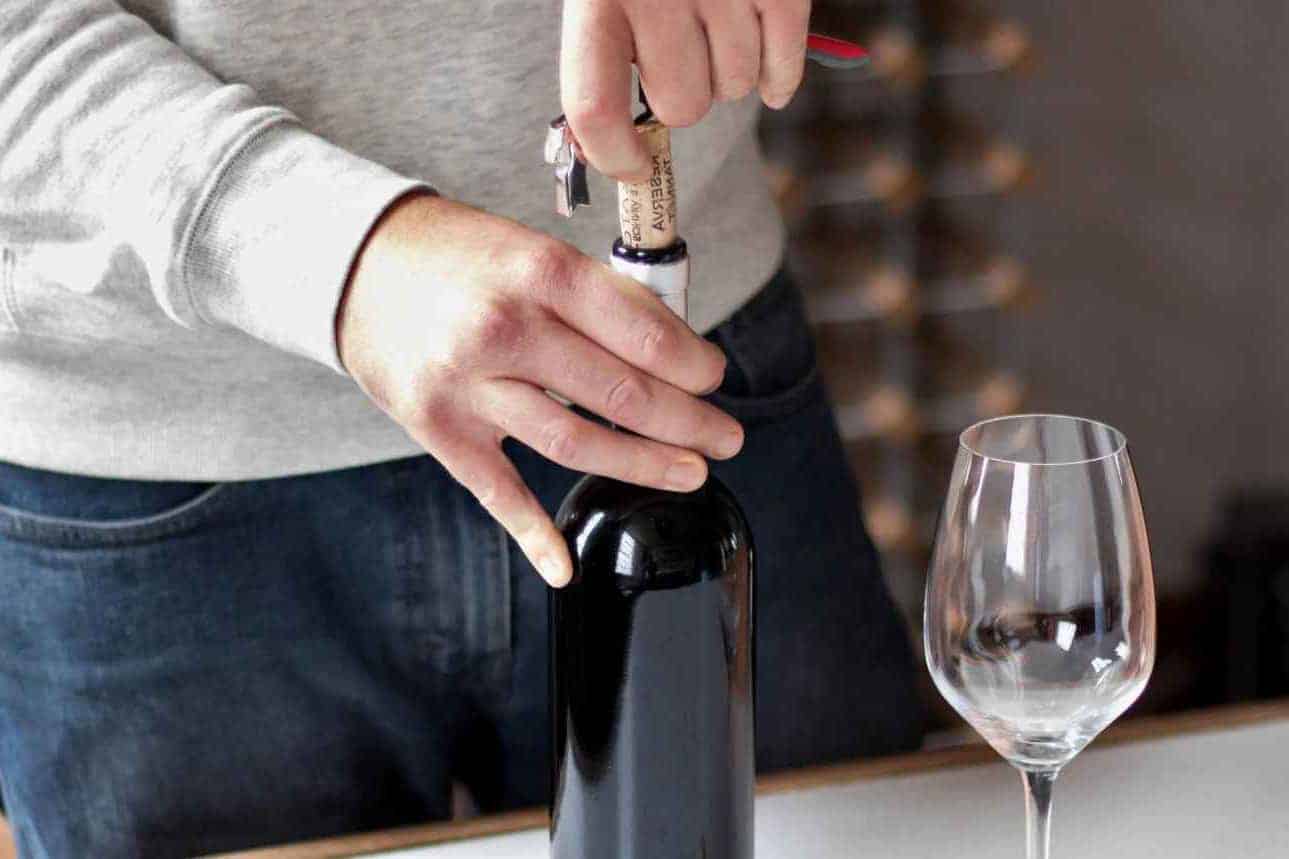
Sure, here are the steps to follow on how to properly open a bottle of wine:
- Prepare Your Tools (Corkscrew)
- Cut The Foil Or Wax Seal
- Hold the Bottle Steady and twist the Cork Slowly Out
However, some bottles, such as Champagne, need more than these few steps. Don’t fret! Although we won’t discuss it, you can already find a guide here.
Why and When to Decant Wine
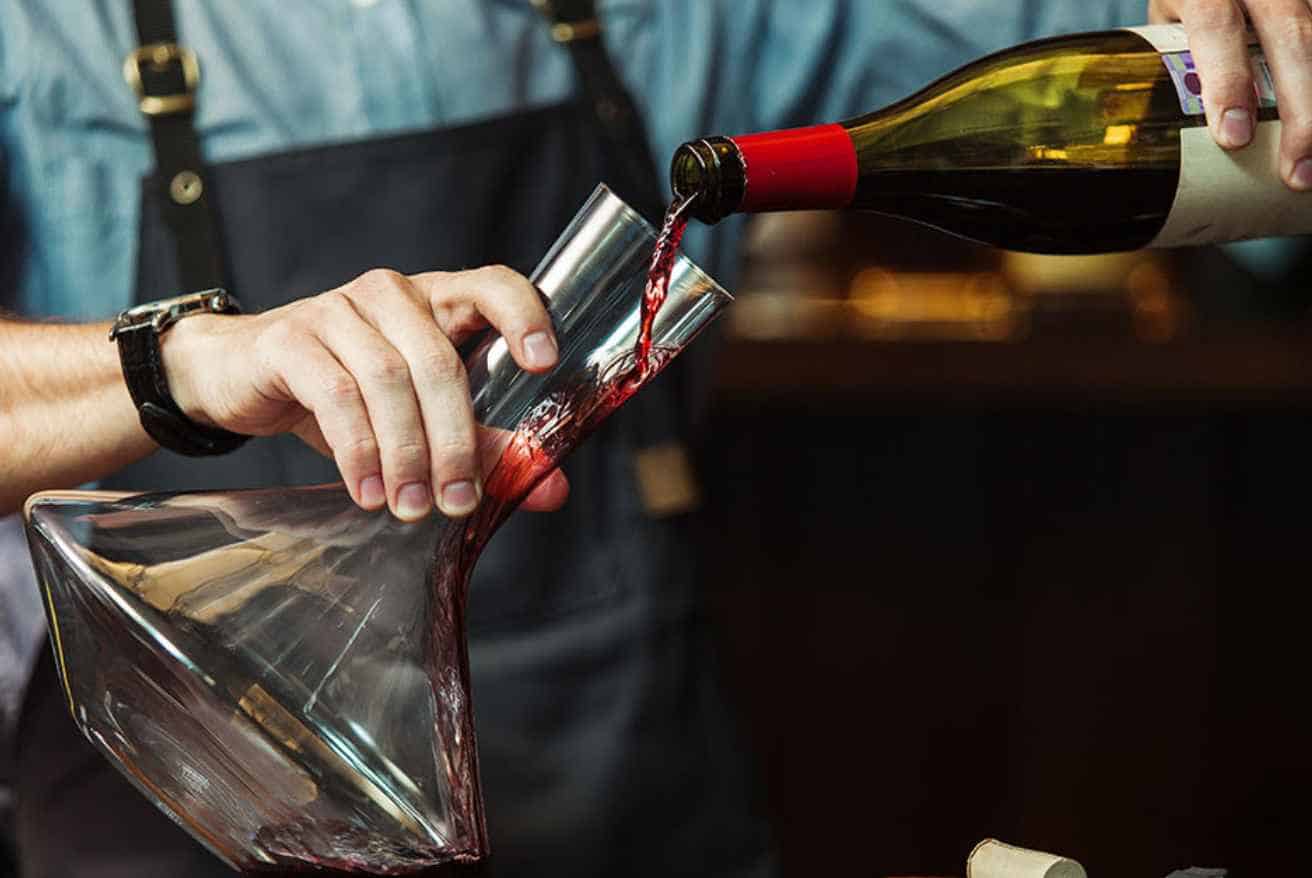
Decanting is one of those wine rituals that can seem intimidating to beginners. But when done correctly, it can enhance and optimize the flavor profile of even ‘ordinary’ wines.
The process itself involves pouring a bottle’s contents into another vessel (a decanter or carafe). Decanting or aeration allows for better separation between sedimentation present at the bottom layer over time away from remaining clarified juice.
Most decanting happens with strong red wines. Most white wine varieties have minimal tannins that do not call for this process at all.
That said, Jancis Robinson, a famous wine connoisseur, recommends decanting Champagne for a short time. It can trigger and release the aroma of the wine; the result is stronger flavors. She also tipped that it should be done shortly so as not to damage the intricate texture of the wine.
Types of Wine that Benefit from Decanting
Here are some wines that can use some decanting:
- Red Wines
- Port
- Full-bodied Wines
- Vintage Bottles
Pouring and Serving Wine
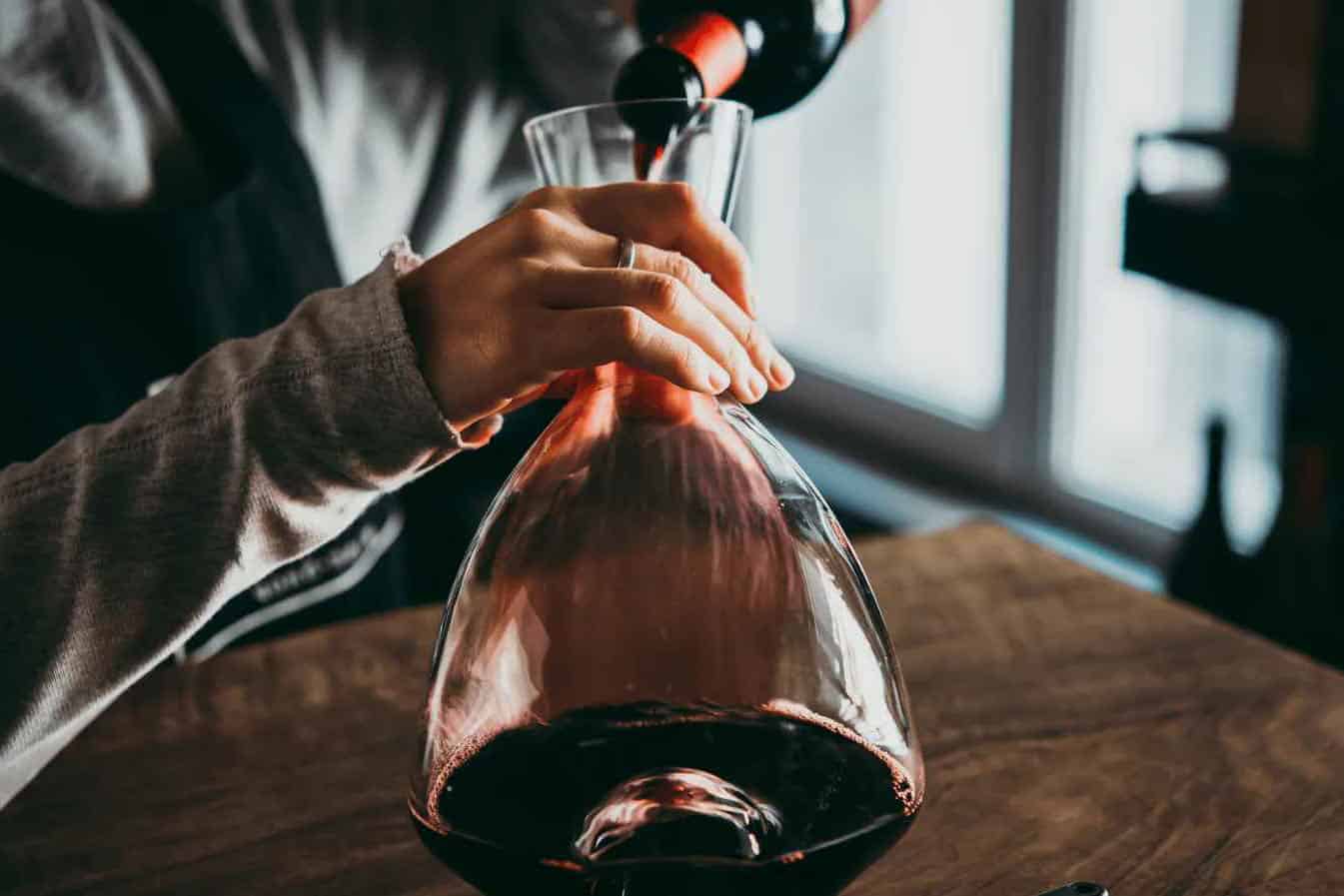
Pouring and serving wine correctly can elevate your overall experience to new heights. Here are some tips on how to tackle pouring challenges like a pro.
How to Properly Pour Wine
Start by holding the wine bottle in a secure position. Place the neck slightly angled, pointing inward glass to the rim. It helps in keeping the stream steady, avoiding splashes. Avoid hurried urgency here: get close and relax- let the wine flow continuously so as not to damage its intricate aroma and flavor notes.
How Much to Pour per Glass
Depending on the wine variety; a wine pour might range from a flight(2oz) up to a full standard glass(6oz). It should also be noted that different types of wines may have varying pouring amounts.
Some heavier reds with bold flavors might require slightly less than usual due to higher alcohol content, while thinner varieties like white wine can be more appetizing in a higher amount.
Wine and Food Pairing Basics
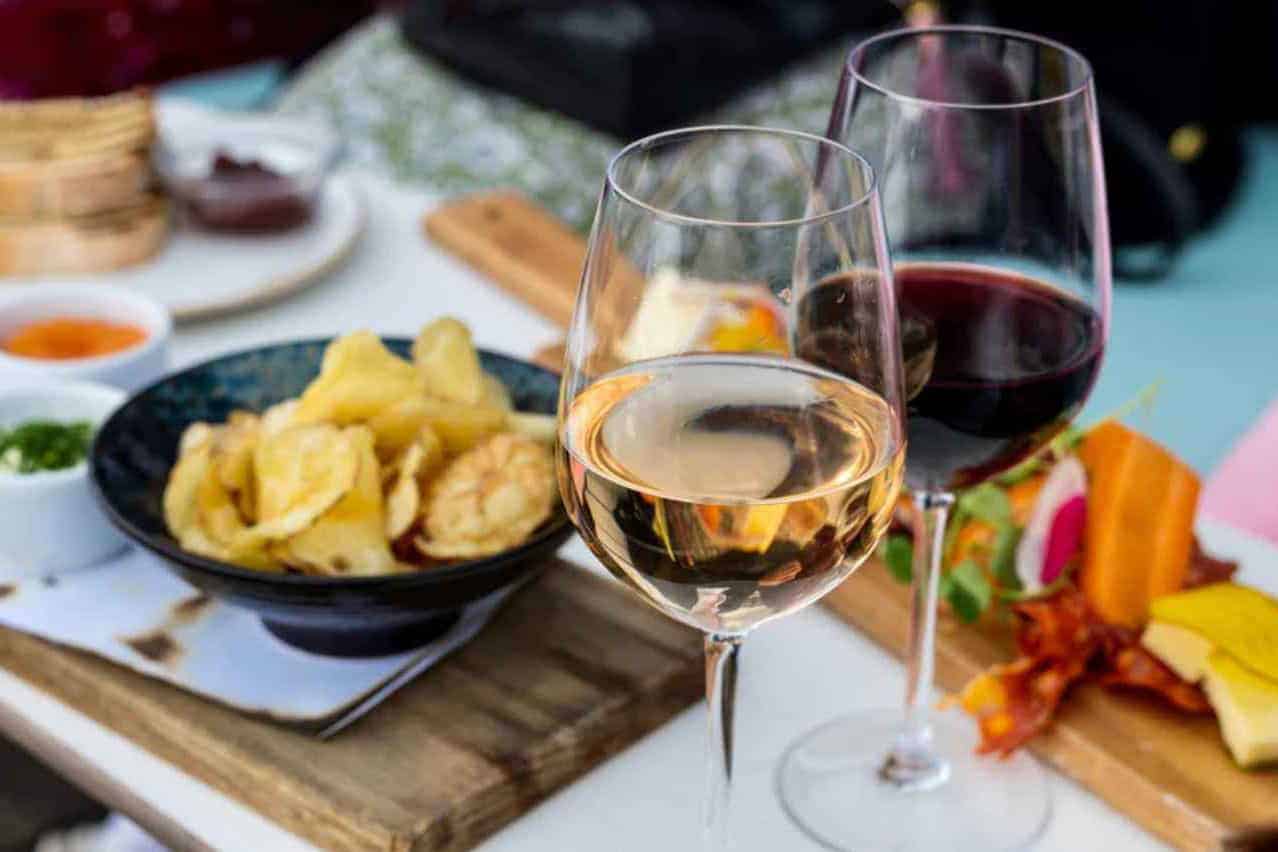
| Style of Wine | Recommended Food Pairing |
| Red Wine |
|
| White Wine |
|
| Sparkling Wine |
|
Wine pairing is all about playing a culinary and wine chemistry game. You mix and match the different flavor profiles to achieve the perfect taste. Mastering the basics of wine pairing will make everything else a breeze.
Complementary wine pairing is a simple and effective hack that involves pairing flavors that work well together. For instance, a juicy piece of steak or fatty meat can be perfectly complemented by pairing it with a robust red wine blend.
Red wines with a bitter taste contain tannins that can slice through the fat. The wine’s tannins help balance the flavor and taste, preventing them from being drowned out by the overwhelming fat.
That’s just an example. If you want to delve into the world of food and wine pairing, you can learn the basics here.
Conclusion
The way you serve will affect various factors. While personal preference is the supreme deciding factor, it’s good to know how you can improve your wine-drinking experience. Make sure to check out our other articles to fully understand how to serve wine!
